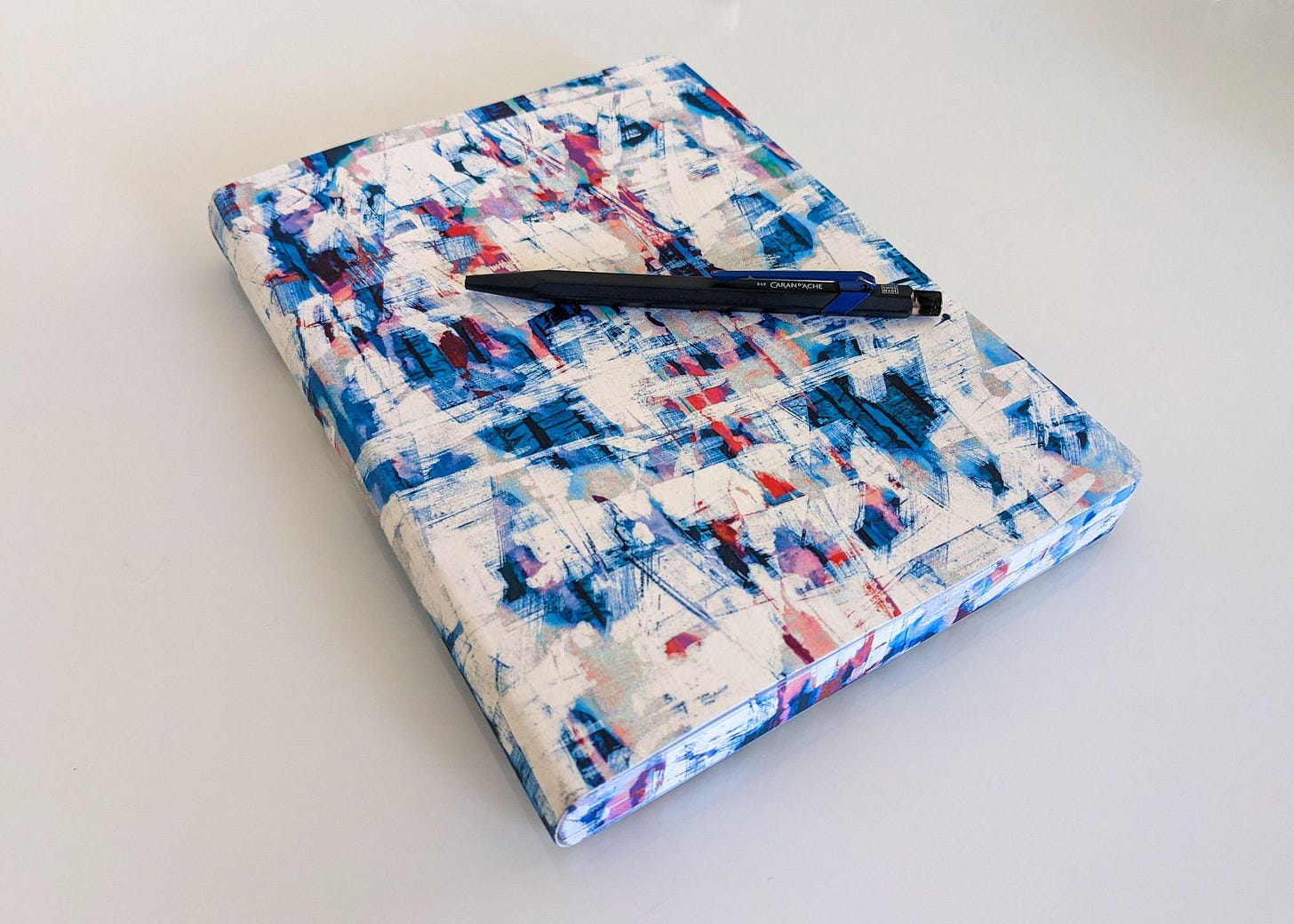Paper vs mobile for note taking
A paper notebook is one of the key tools in my professional work 📓🖊️. Although I couldn’t measure it, I somehow knew it made me more effective.
Now I found the evidence. Pen&paper notes activate long-term memory areas in your brain 🧠, compared to working memory (your brain’s RAM) used when writing on your mobile device 📱.





